NextGen TV: The Expanding Universe of Tools to Deploy ATSC 3.0
A host of new products are available to assist broadcasters making 3.0 switch
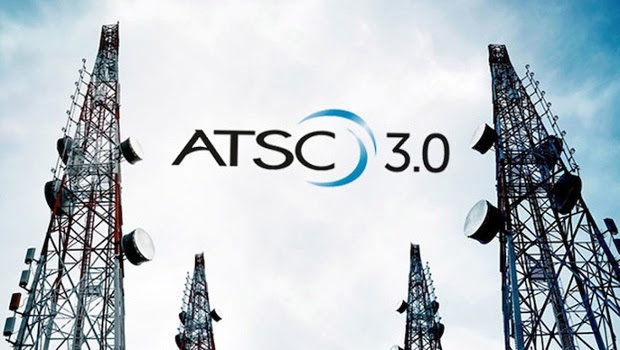
ALEXANDRIA, VA.—ATSC 3.0, (aka “NextGen TV”), is rapidly making its debut in many U.S. markets, with some 60 deployments now made, and more on the way. There’s no getting around the truth—the 3.0 march is on, and if you’re a television broadcaster you’re going to have to join the ranks to remain competitive. The first installment of this two-part series (in the June issue) discussed in general terms what was required to make the switch from ATSC 1.0 to 3.0 broadcasting. This time, we’ll look at actual equipment and services available to help with the transition to NextGen TV.
WHERE ARE THE ‘BOXES’?
By its very nature, ATSC 3.0 is much more software than hardware, with many of the products about to be described existing as software already loaded onto a dedicated server or software provided for installation on a user’s server platform, p.c., laptop, tablet, or even smartphone. Some companies even offer their 3.0 products in cloud-based Software as a Service (SaaS) packages.
GETTING THE SIGNAL READY
Transforming studio video and audio into an ATSC 3.0 signal involves a number of processes to ultimately create the HEVC video and Dolby AC-4 signals that are OFDM-modulated for transmission.
This “conditioning” includes: input stream and transport stream processing, any up-, down- or cross-conversion of video, A/V encoding, statistical multiplexing, common encryption encoding (CENC), route encapsulation, “conditioning” via the broadcast scheduler and gateway, as well as generation and addition of signaling, an Electronic Services Guide (ESG), captioning or subtitles, and other ancillary data that make up the overall 3.0 signal.
These processes are mostly software-defined, with dedicated servers doing the heavy lifting at either the studio or remote transmitter location. A number of companies have risen to the challenge of developing products in this area and will be happy to work with prospective 3.0-adopters.
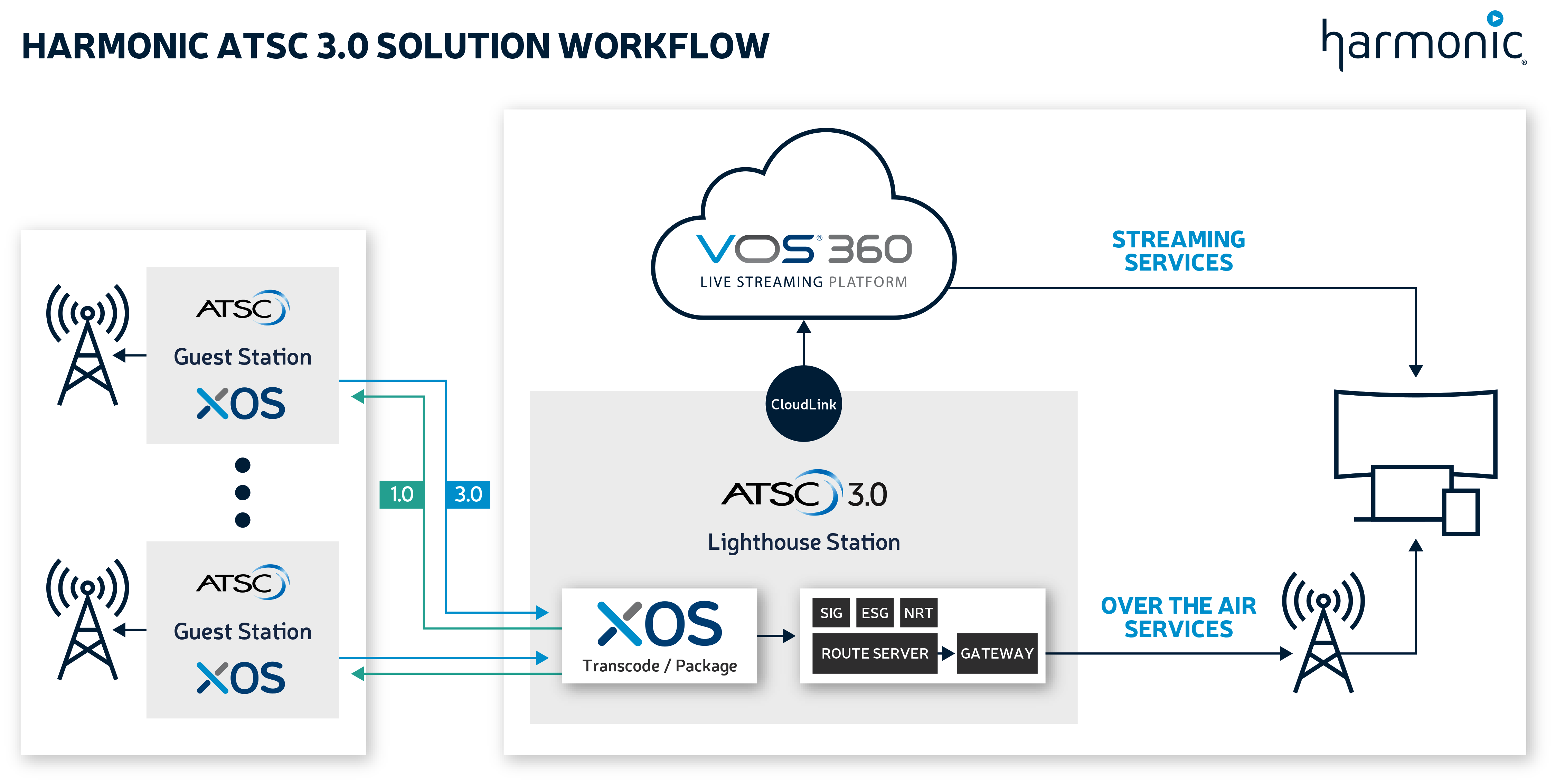
Harmonic’s end-to-end hybrid on-premises solution, features encoding with the XOS Advanced Media Processor and cloud origin server and delivery via their VOS 360 cloud streaming SaaS.
Enensys’s MediaCast ATSC signaling and delivery server virtualized software provides delivery of live content from HEVC encoders, or of non-real-time content, using ROUTE or MMTP protocols. In addition, MediaCast facilitates delivery of ESGs, EAS information and interactive applications. Enensys also supplies a virtualized software gateway, the SmartGate, that aggregates multiple IP streams, ensures ATSC layer protocol encapsulation and more.
Get the TV Tech Newsletter
The professional video industry's #1 source for news, trends and product and tech information. Sign up below.
DigiCAP’s DigiCaster combines all required software components necessary to bundle digital data into an ATSC 3.0 stream that’s ready to send to a station’s OTA transmission platform.
Ateme’s Titan Live, Titan Mux and Titan File products provide, respectively, the video compression, stream processing and transcoding operations essential in creating a 3.0 signal.
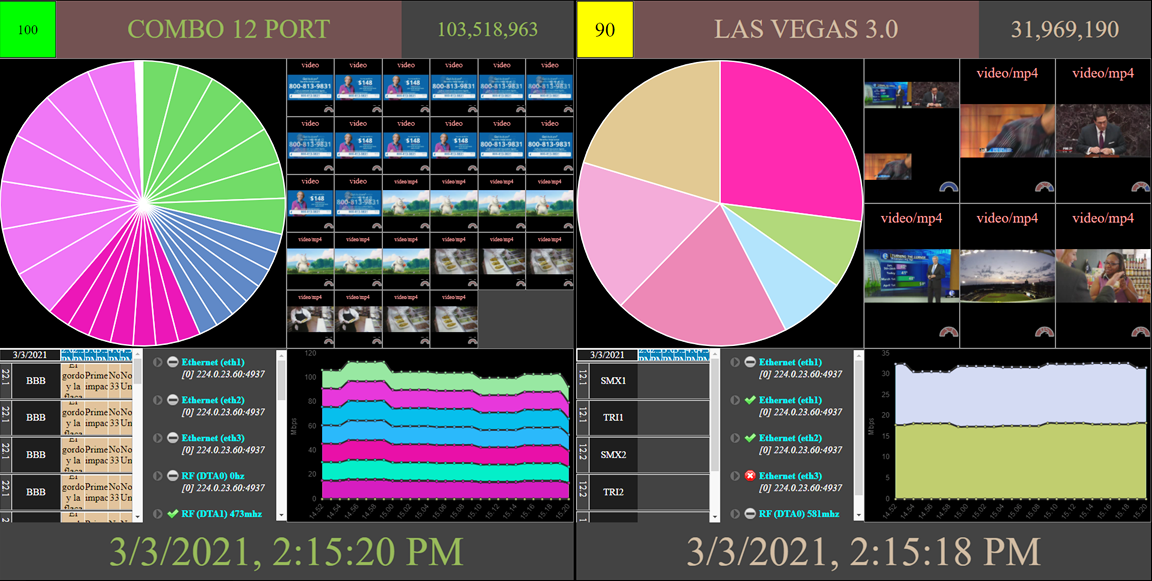
Triveni Digital’s ATSC 3.0 Broadcast Gateway/Scheduler is designed to integrate with the company’s GuideBuilder XM encoder to create a NextGen TV signal that’s ready to be sent to the transmitter’s exciter stage. The Broadcast Gateway/Scheduler creates signaling from users’ parameters and can also serve to synchronize SFNs.

DS Broadcast’s Aster BGE9300 ATSC 3.0 encoder accommodates UHD1 (2160p) video, as well as multiple FHD (1080p) or HD video signals with TS, ROUTE or MMTP streams or DASH/MPU output. It supports Dolby AC-4, Dolby Digital, AAC audio, along with high dynamic range and wide color gamut video.
Synamedia provides software-centric processing solutions for encoding and packaging the ATSC 3.0 signal. The company has partnered with NextGen TV players Triveni Digital and Thomson Broadcast to allow broadcasters to create a cloud-deployable ATSC 3.0 service. Synamedia has created a brochure (“ATSC 3.0 Next-Generation TV For Programmers And TV Networks” that provides some useful information on making the move to 3.0. The free download is available at synamedia.com.
Unisoft Corp. offers a complete ATSC 3.0 signal preparation package/delivery system comprised of components from Ateme, Enensys, and other brands with a presence in NextGen TV. The company is an authorized reseller of third-party software, but has also developed a number of products on its own, including their UniSoft Multicast Server or “UMS,” which enables delivery of the hybrid broadband ATSC 3.0 component to consumers’ receivers.
NEXTGEN AUDIO
Although a lot of attention is being paid to video in terms of wooing consumers with NextGen TV, enhanced audio capability is also part of the consumer experience too. Dolby Labs AC-4 technology was tapped for audio delivery in the United States and the company has released a 5.1.4 encoder kit for that standard.
The Telos Alliance is ready to assist broadcasters in making the 3.0 switch with their Linear Acoustic LA-5300 broadcast audio processor, which is billed as a “complete audio solution for ATSC 3.0. It processes and Dolby AC-4 encodes up to four audio programs, with the capability to add Nielsen and Verance watermarking.
GETTING IT ON THE AIR
Transmitter manufacturers have been primed for the move to an ATSC 3.0 platform for some time now, with almost all showing products tailored for NextGen Delivery.
GatesAir Maxiva XTE exciter broadcasters are already primed for 3.0 and easily convertible from 1.0 operation. The company’s Intraplex networking technology is also available to provide secure reliable transport of any video content over IP, including the higher 3.0 data rates.

Hitachi-Comark’s Parallax transmitter owners are equally set to transition to NextGen broadcasting, with no-derating of amplifiers necessary when making the 3.0 switch, and just a small exciter upgrade to add an ATSC 3.0 license. The company’s Comark Digital Services division, CDS, is ready to handle the necessary transmitter proofing when moving to Next Gen operation. CDS partners with a number of companies (Ateme, Enensys, Triveni Digital, and DigiCAP) to provide everything necessary for 3.0 conversions.
Rohde & Schwarz has been providing transmission packages for ATSC 3.0 applications with outputs up to 100 kW for some time, and is about to launch NextGen TV-capable gear aimed at LPTV operators who want to get on the 3.0 bandwagon, and will soon be adding 3.0 capabilities to its TLx9 gap filler and low-power line.
MONITORING, TESTING AND COMPLIANCE
NextGen TV “practitioners” all stress the importance of monitoring their signals via consumer 3.0 television receivers, as home reception is the ultimate test as to whether or not everything in the transmission chain is working as it should. Representative models are available from a growing list of manufacturers, including LG Electronics, Samsung and Sony.
An off-air demodulator or “demod” has long been part of a TV station’s inventory, and several companies are now offering models for 3.0 reception.
Sencore is one of these, with their ARD 3000 series of receiver/decoders. The ARD 3100 accommodates ATSC 3.0 signals with bit rates of up to 70 mbps, along with Dolby AC-4 audio, and output demodulated video in most 3G/HD/SD SDI formats. Sencore also offers a handheld RF measurement device, the SLM 1350, with a built-in 3.0 demodulator.
DS Broadcast offers off-air 3.0 reception via their BGD4100 integrated receiver decoder (IRD). It handles both ATSC 3.0 and 1.0 signals, and in addition to outputting SDI or HDMI video, the unit also analyzes and monitors ROUTE/MMTP IP/STLTP/TS/T2MI data, and features an integral TFT-LCD display.
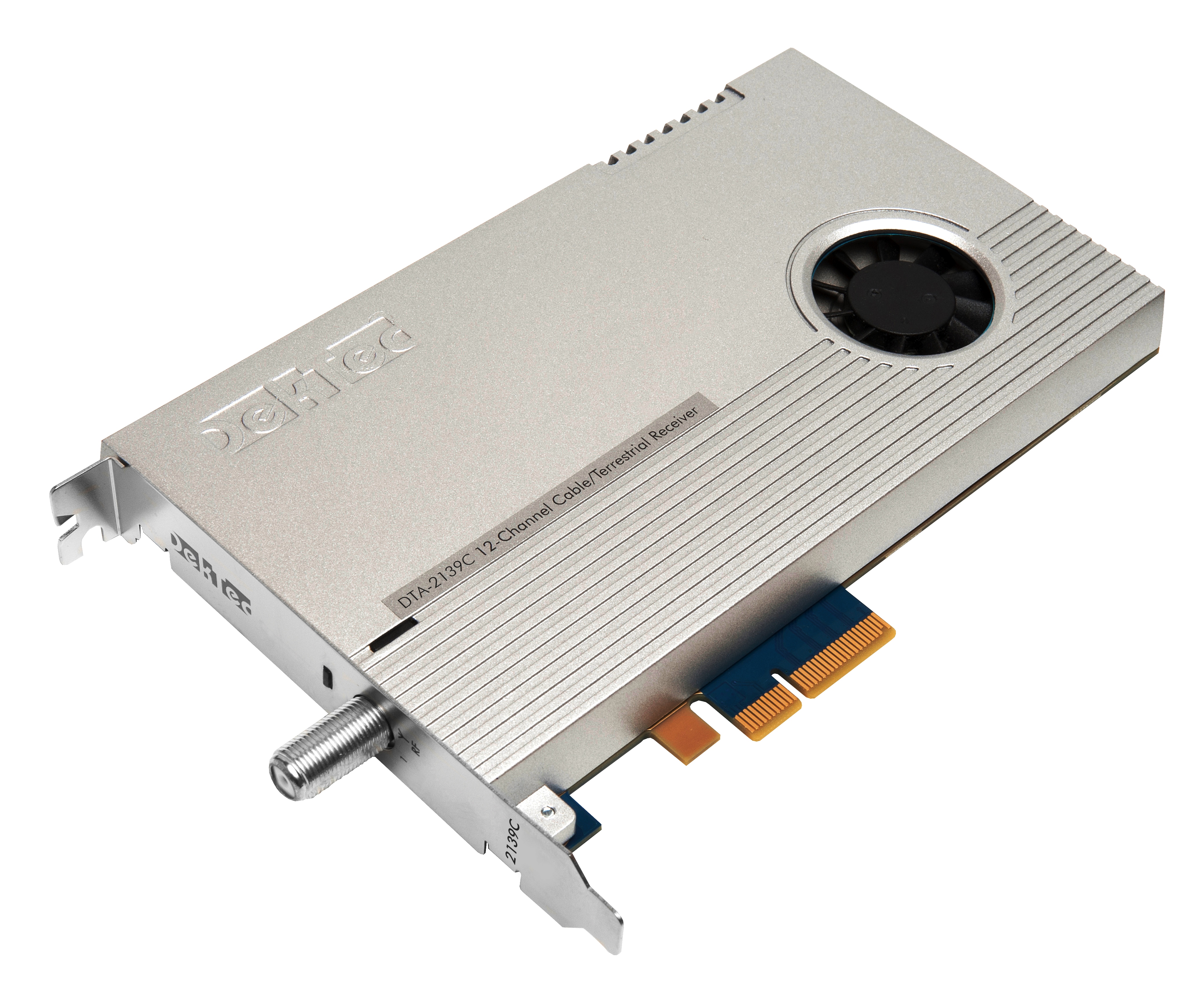
DekTec provides a number of 3.0 products, including a software-defined multistandard receiver, the DTA-2131, which in addition to supporting ATSC 3.0 and 1.0, works with DAB, DVB-T2 and ISDB-T signals. When used with DekTec’s StreamXpert software, it provides in-depth display and analysis of an ATSC 3.0 IP audio, video and metadata payload.
DVEO Computer Modules’ Verify ATSC 3.0 test and measurement tool provides complete signaling table data, PLP bitrate and speed analysis, an RF constellation display, Dolby AC-4 decoding and more.
Triveni Digital, in addition to their 3.0 signal processing gear, offers a full suite of monitoring, test and measurement products, including StreamScope XM Verifier Windows-based software that provides an in-depth evaluation of ATSC 3.0 services, and their StreamScope XM MT stream analyzer supports ROUTE, MMTP and STLTP protocols, as well as RF signals, with real-time signal analysis.
In addition to providing analysis of most all broadcast audio and video broadcast standards in use, Hexylon’s self-contained Multistandard TV and Radio Analyzer also provides an 8-inch touchscreen display for viewing 3.0 transmissions and in-depth examination of their health.
TestTree’s ReFeree 3 ATSC 3.0 field analyzer also works with 1.0 signals and provides complete RF and STL TP analysis along with audio and video decoding to assist in troubleshooting transmission issues.
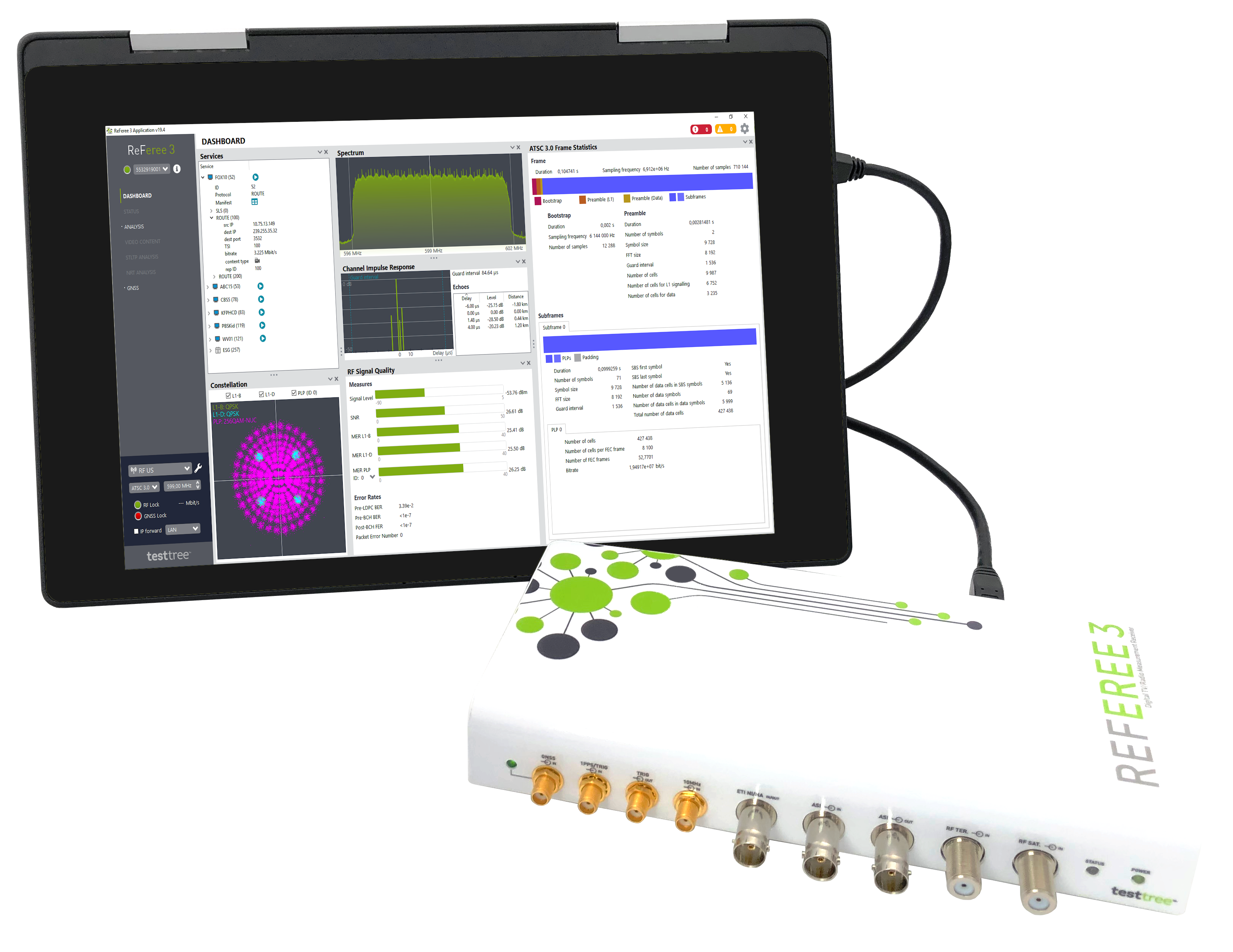
Qligent’s Vision ATSC simultaneously monitors both ATSC 3.0 and 1.0 end-to-end signal paths, collecting data in real time to provide an ongoing evaluation of overall system health and to aid in spotting problems and quickly resolving them.
Another very portable and useful device for analyzing 3.0 signals is Airwavz’s RedZone USB “dongle” receiver that provides detailed off-air data about NextGen transmissions.
TIME TO CONSIDER AN SFN?
One of the big advantages that comes with ATSC 3.0 is the relative ease in customizing coverage—especially in areas that are mountainous or have problems with high-rise building shadowing—through the creation of a single frequency network or SFN. Hardware for this application is readily available, with Dielectric offering an antenna specially designed for SFNs, the new Powerlite TFU-WB-LP series.
ERI supports SFN buildouts with their SuperPanel and ETU series of UHF antennas that are available with elliptical polarization and may be configured for directional or non-directional applications. ERI’s AL single-channel UHF antennas are also ideally suited for SFN projects as they’ve available with horizontal, elliptical or circular polarization and directional azimuth patterns.
DON’T GET LEFT BEHIND!
If you’ve been dragging your feet about moving into broadcast television’s next era, don’t hesitate any longer. There’s no shortage of technology to support 3.0 operations, and additional gear is arriving on the scene in greater and greater numbers. Manufacturers are totally committed to moving NextGen TV broadcasting forward and are standing by to help you to make the conversion.
